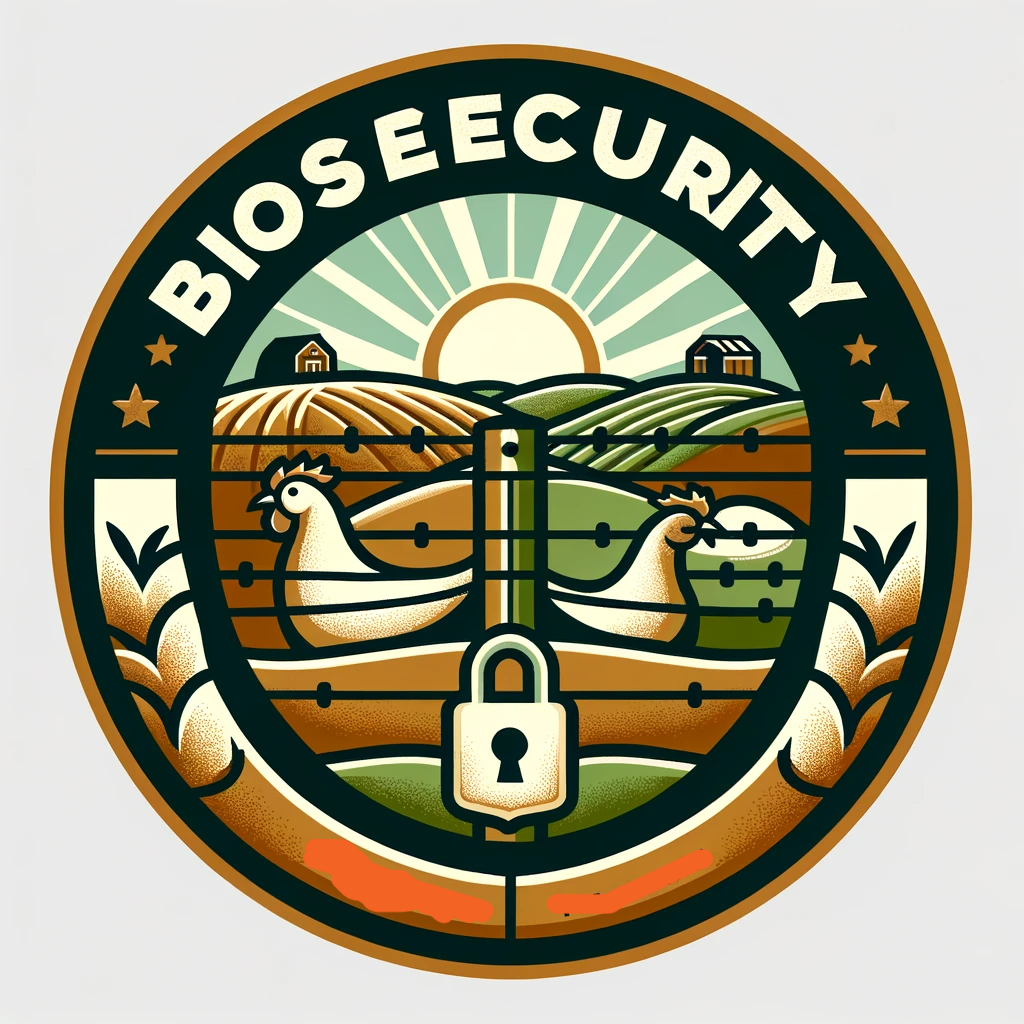Maintaining proper biosecurity on a poultry farm is crucial for preventing the spread of diseases, ensuring the health of the birds, and maintaining the farm's productivity and profitability. Here's a comprehensive guide to help you establish and maintain effective biosecurity measures on your poultry farm:
1. Understand the Basics of Biosecurity
Biosecurity in poultry farming involves implementing measures to prevent the introduction and spread of infectious diseases on the farm. Diseases in poultry can be caused by bacteria, viruses, or parasites, and they can spread rapidly, causing high mortality rates and significant economic losses.
2. Set Up Controlled Access Points
- Entry and Exit Controls: Create designated entry and exit points for the farm. These should be the only access points for people, equipment, and birds.
- Vehicle Disinfection: Set up disinfection facilities for vehicles entering the farm. This could include footbaths, tire baths, and spraying equipment.
3. Implement Personnel Hygiene Protocols
- Protective Clothing: Provide farm-specific clothing and footwear for all workers. These should be worn on the farm and cleaned regularly.
- Hand Washing: Install hand washing stations and encourage regular hand washing.
- Training and Awareness: Regularly train farm workers on biosecurity protocols and the importance of following them.
4. Manage Visitors Strictly
- Restrict Access: Limit access to essential personnel only. Visitors should be kept to a minimum.
- Visitor Logs: Keep a log of all visitors, including their contact information and the areas they visit.
- Visitor Protocols: Ensure that visitors follow the same biosecurity measures as farm workers.
5. Maintain a Clean Environment
- Regular Cleaning: Establish a routine for cleaning and disinfecting the farm, including poultry houses, equipment, and vehicles.
- Pest Control: Implement an effective pest control program to manage rodents, insects, and wild birds, which can be carriers of diseases.
6. Manage Bird Introduction and Removal
- Quarantine New Birds: Newly introduced birds should be quarantined and monitored for any signs of disease before integrating them with the existing flock.
- Disposal of Deceased Birds: Establish a protocol for the safe and hygienic disposal of deceased birds.
7. Monitor Flock Health Regularly
- Regular Health Checks: Conduct frequent health checks of the birds to identify any signs of disease early.
- Record Keeping: Keep detailed records of bird health, vaccinations, and any treatments administered.
8. Implement Vaccination Programs
- Vaccination Strategy: Develop a vaccination program in consultation with a veterinarian to protect against common poultry diseases.
9. Prepare for Emergency Situations
- Emergency Plan: Have a plan in place for dealing with outbreaks of disease, including isolation protocols and contacting veterinary authorities.
10. Stay Informed and Update Protocols
- Stay Updated: Keep up to date with the latest information on poultry diseases and biosecurity measures.
- Regular Reviews: Regularly review and update your biosecurity protocols to ensure they remain effective.
Conclusion
Effective biosecurity is a continuous process and requires the commitment of everyone involved in the poultry farm. By implementing these measures, you can significantly reduce the risk of disease outbreaks and ensure the health and productivity of your poultry operation. Remember, prevention is always better than cure, especially in the context of poultry farming where diseases can spread rapidly and have devastating consequences.

